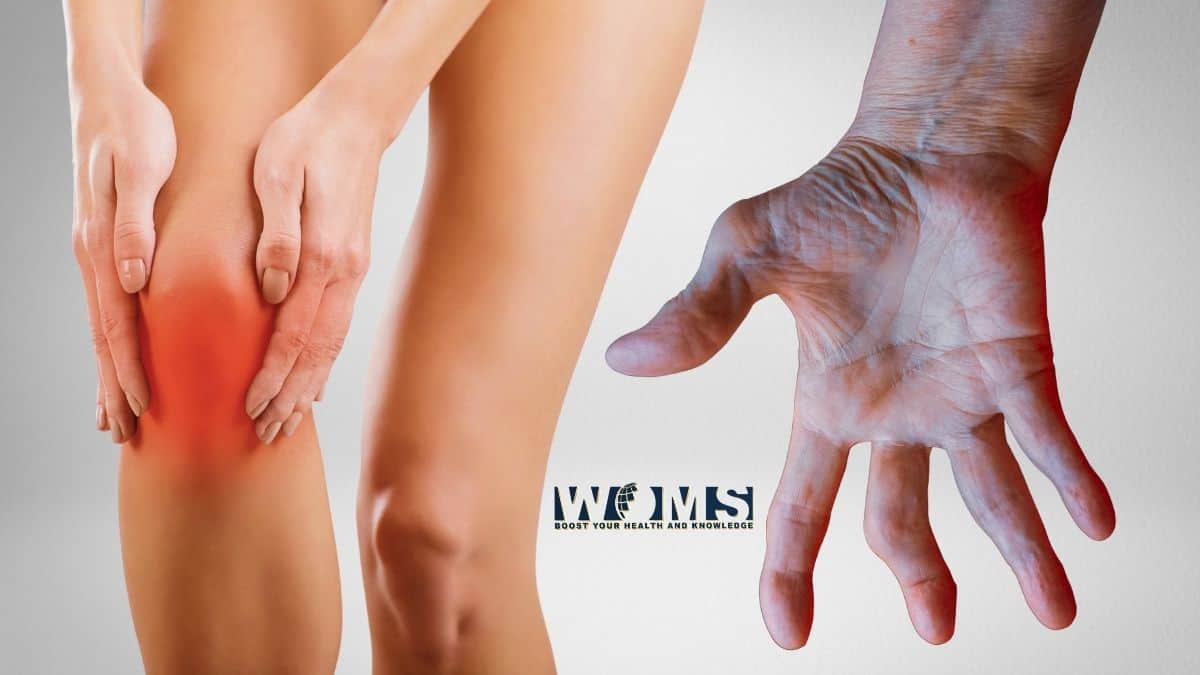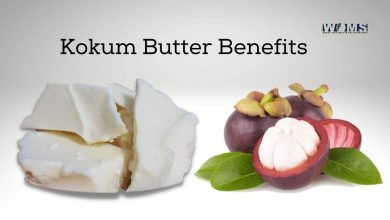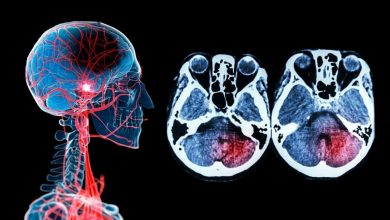Differences Between RA and OA

When your joints hurt, you may not be particularly concerned about the difference between the two types of arthritis. However, rheumatoid arthritis, or RA, and osteoarthritis, or OA, are very different conditions and have different triggers. They are also managed in different ways.
Osteoarthritis is More Common
According to Joint Academy, one big difference between osteoarthritis and rheumatoid arthritis is that OA is more common. OA is caused by a loss of cushioning in the joints, which can be caused by issues such as:
- old injuries
- being overweight
- diabetes and gout
If you played football in high school and have sore knees when you turn 40, it’s probably OA. OA can impact any joint in the body that includes cartilage, but it’s more common further down the body as weight and pressure destroy cartilage over time.
Rheumatoid Arthritis is a Function of the Immune System
RA is a systemic condition that can cause severe joint inflammation and deformity. Many children with RA also suffer a low-grade fever along with body aches. Sore muscles are not uncommon, and RA sufferers may also struggle with chronic fatigue.
RA can also have a damaging effect on your appetite. This can mean that those with the condition fall back on comfort foods, including those high in carbs and sugar. Whenever possible, a diet high in fruits and vegetables, particularly those high in antioxidants, are much healthier for anyone with any form of arthritis.
Both Can Benefit from Exercise
No matter the source of your arthritis, talk to your doctor about an exercise regimen. Your physician may recommend:
- water therapy, to allow your joints to get a full range of motion without all the pressure
- hot and cold therapy, such as time in a hot tub and then icing of specific locations
- sessions with a trainer or physical therapist
One of the challenges of OA is that the pain builds over time, which the sufferer compensates for by altering their stance of gait. This puts even more pressure on the joints, so one sore knee quickly turns into a sore hip on the other side of the body. Working with a trainer can help you rebuild healthy alignment as you build muscle to support your bones.
Weight Management and Hydration Matter
There is no way to regrow cartilage or turn off the broken switch that triggers RA. However, a diet high in fresh produce and lean meats will reduce the toxin load you bear, which can lower inflammation throughout your body and help you lose excess water weight. Losing fat may take more focus.
Consider also keeping a health journal to help you better understand your triggers. In the journal, track what you eat, how much water you drink, any exercise that you get, and your pain level. If you are sensitive to weather changes, note those as well. You may notice a pattern of foods that impact your pain level.
Staying as mobile as possible can reduce the limitations that both forms of arthritis will put on your life. Before you try any new activity, supplement or pain medication, confirm it with your physician.
Read Also: Prevention of Arthritis




